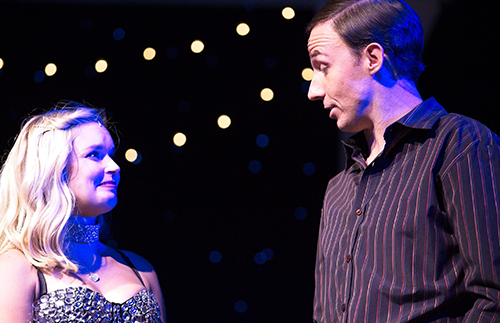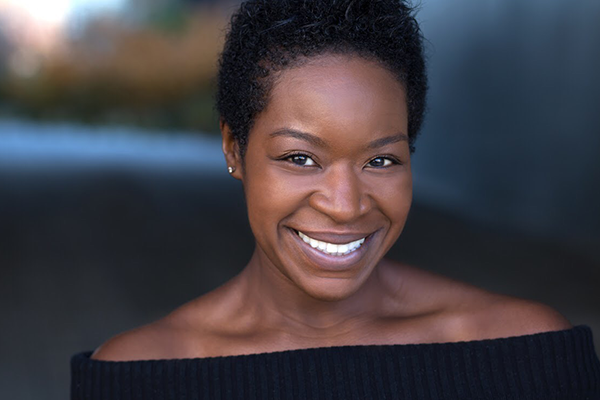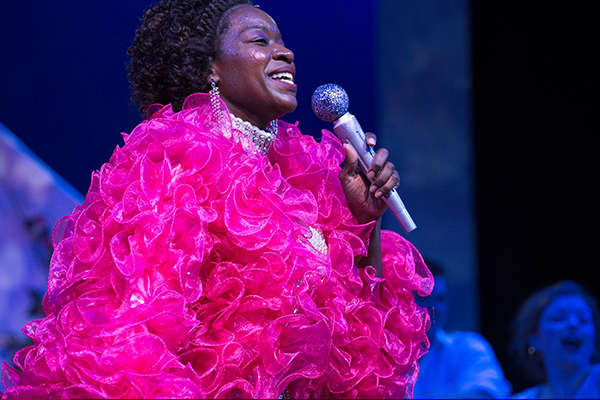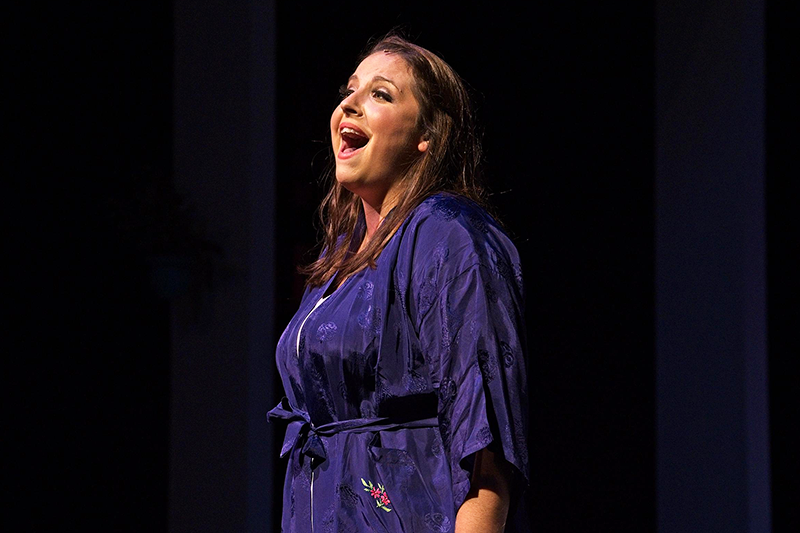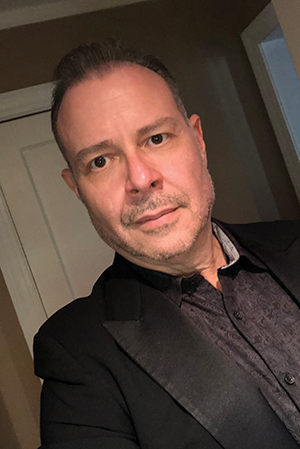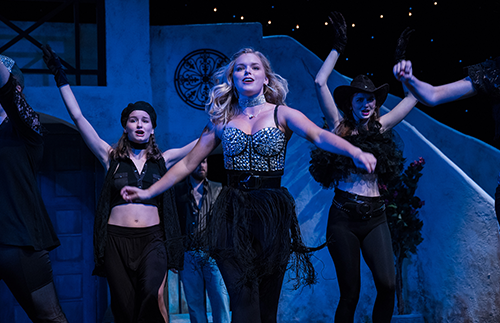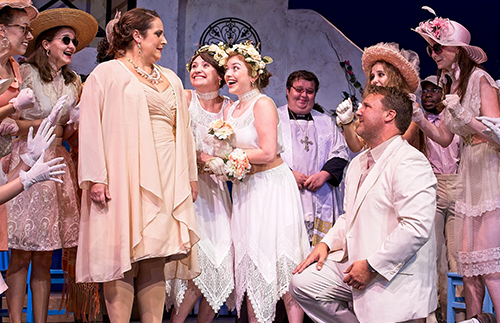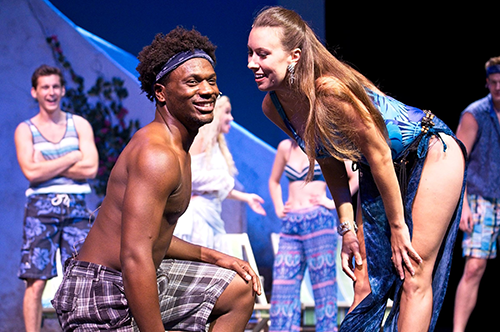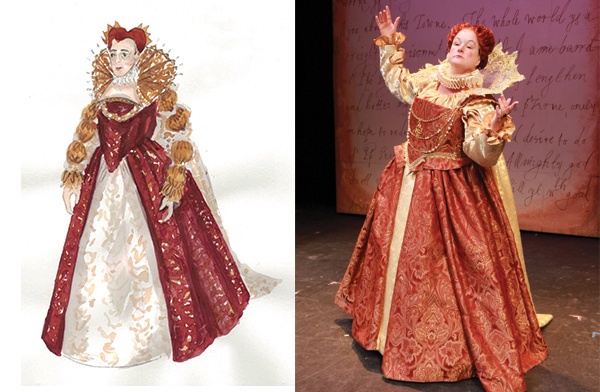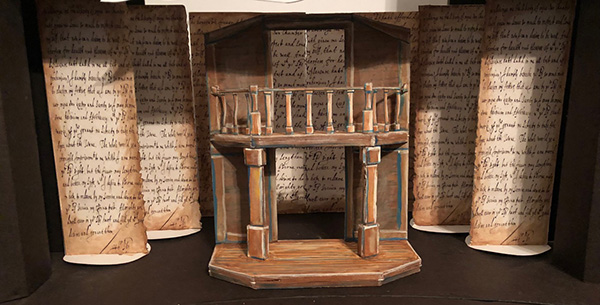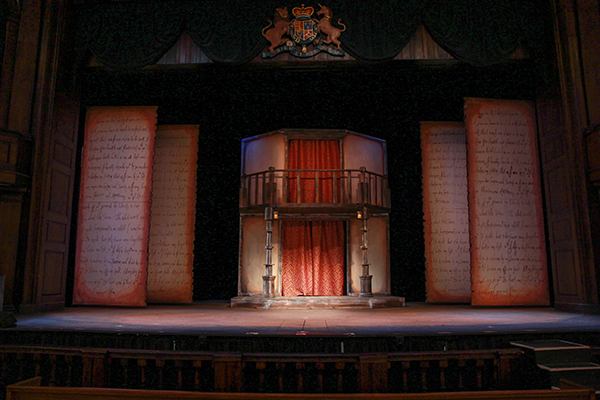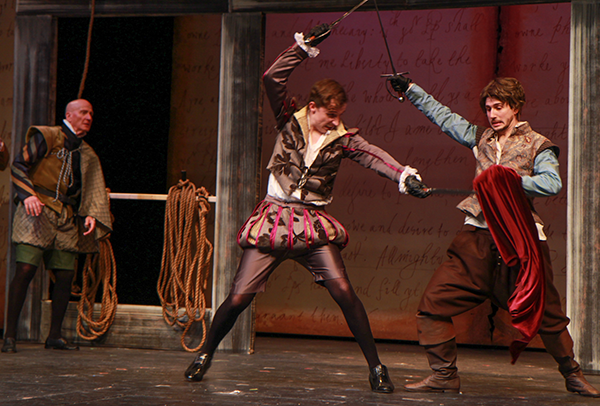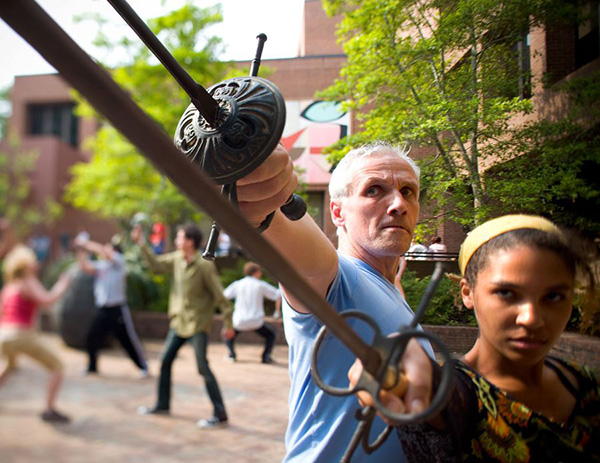Q) You are no stranger to the Dock Street Theatre stage. What are a few of your favorite past roles that you’ve performed with Charleston Stage?
I have been fortunate enough to perform many dream roles with Charleston Stage. If I had to pick a few, I’d probably say Lord Wessex in Shakespeare in Love, Chef Louis in Disney’s The Little Mermaid, and Carmen Ghia in The Producers.
Q) What is your role in Mamma Mia and what do you like most about your character?
I play Harry “Headbanger” Bright, the uptight, British, potential father of Sophie. I love him because he’s kind of a wet blanket, but he’s still holding on to those golden years…
Q) What drew you to performing in Mamma Mia?
I have to be honest. I had never seen Mamma Mia! when Charleston Stage announced that it was opening the season. And I was jumping at the chance to try another role played by Colin Firth after Wessex in Shakespeare in Love.

Q) What are you most excited about that audiences will experience with Charleston Stage’s production of Mamma Mia?
I cannot wait for audiences to see these costumes. They start out so beautiful and just get bigger and bolder as the show continues. They are stunning!
Q) Share a little bit about yourself.
I am a Third Grade Assistant Teacher at The Cooper School and a Charleston native. I am the middle child of three boys, and I think that’s probably what drove me to performing.
Q) What’s up next for you?
I will be reprising my role as Bob Cratchit in A Christmas Carol this December and am so thrilled to be closing Charleston Stage’s 41st season in my childhood dream role, Lumière in Disney’s Beauty and the Beast.
Performances continue running Sept. 19 – 23 at the Historic Dock Street Theatre. Purchase tickets today by clicking here.


